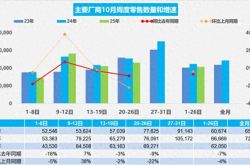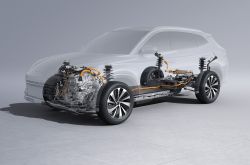NVIDIA Autonomous Driving Technology Breakdown
![]() 03/04 2025
03/04 2025
![]() 563
563
In recent years, advancements in artificial intelligence, deep learning, and high-performance computing have paved the way for a transition from traditional driving modes to intelligent and driverless systems. Autonomous driving technology is revolutionizing our travel habits at an astonishing pace. As a global leader in accelerated computing and AI platforms, NVIDIA has invested heavily in R&D to enhance autonomous driving safety, aiming to create a secure and efficient ecosystem.
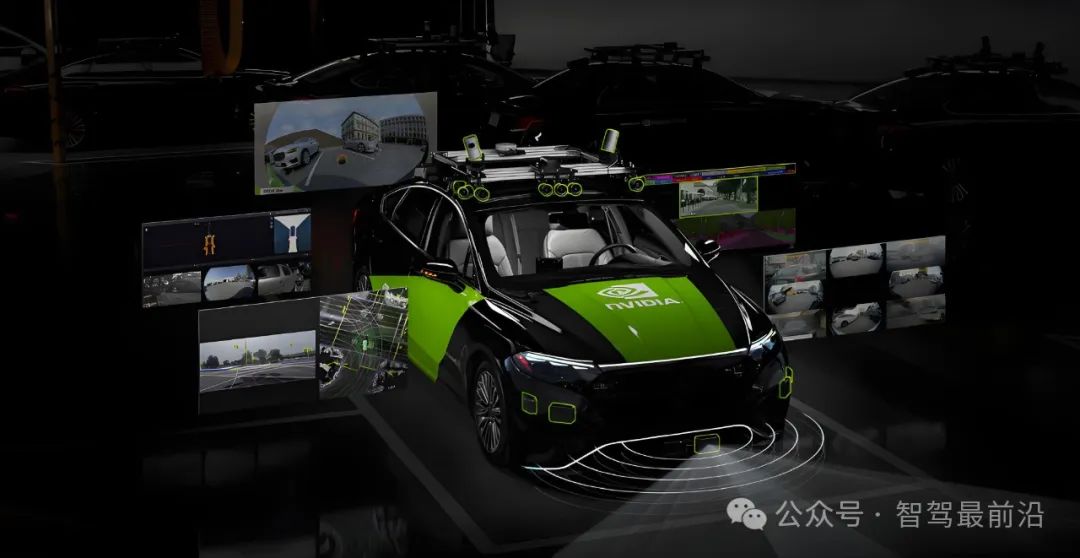

NVIDIA AV 2.0 Platform
As autonomous vehicles move from concept to reality, their systems must achieve precise perception, real-time decision-making, and safe control in complex, ever-changing environments. While traditional modular approaches suffice in some scenarios, they struggle to balance safety and efficiency in complex traffic conditions and sudden anomalies.
NVIDIA prioritizes safety in its technical system. Through hardware-software co-design, redundant architecture, deep neural network (DNN) multi-frame detection, and multi-sensor fusion, the system can swiftly switch to safe mode in case of failures or sensor anomalies, ensuring the safety of drivers and pedestrians. NVIDIA is not just pursuing autonomous intelligence; it's providing a comprehensive safety solution for the entire transportation system.
NVIDIA's AV 2.0 platform introduces an end-to-end driving approach, unlike AV 1.0, which focused on improving vehicle perception using multiple deep neural networks. This technology generates vehicle trajectories directly from sensor inputs through a large-scale, unified AI model, avoiding risks of information transmission errors and delays in traditional pipelines.
In the AV 2.0 platform, NVIDIA uses advanced deep learning algorithms to predict and respond to abnormal situations. Through continuous fusion of simulation and real-world data, the system can automatically assess risks and implement fail-safe behaviors in rare or extreme scenarios. End-to-end driving simplifies the algorithm process, enhances the system's response speed and robustness, and lays a solid foundation for future fully autonomous driving.


Design and Practice of Safety Architecture
As a highly complex software-defined system, the safety architecture of an autonomous driving system must cover hardware, firmware, operating systems, and application software. NVIDIA employs the V-model development process for detailed functional and safety analyses of each component. In the initial stages, potential hazards are identified through Failure Mode and Effects Analysis (FMEA) and Fault Tree Analysis (FTA), with corresponding safety goals and risk mitigation measures formulated.
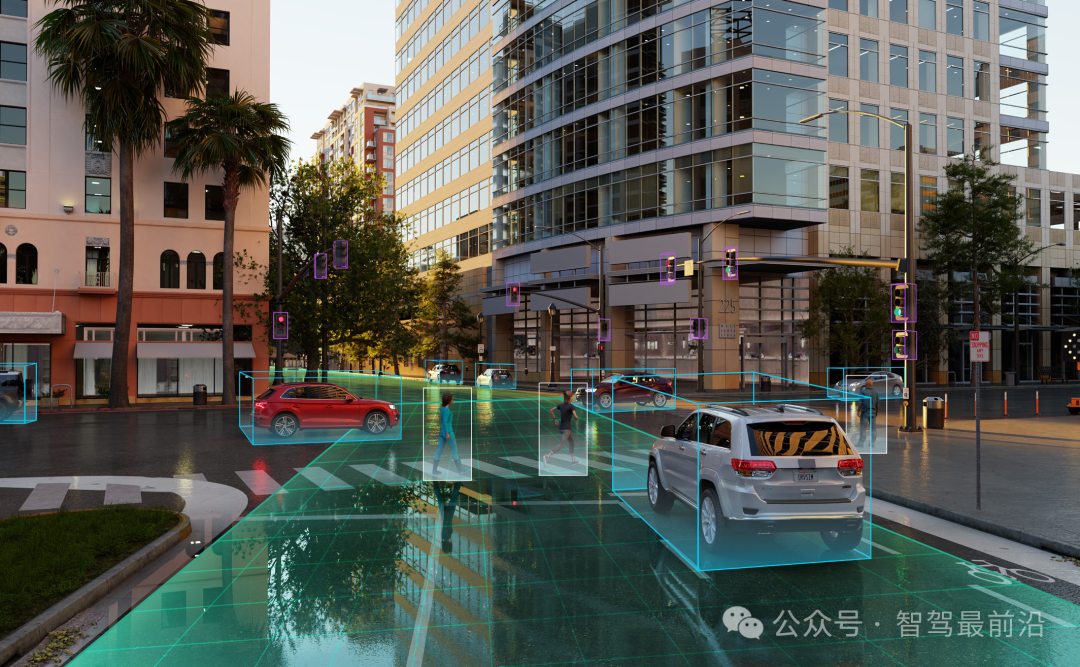
In design, NVIDIA decomposes functional safety requirements into subsystems, ensuring the system can swiftly switch to a minimum risk state in case of single-point failures through redundant design, diversified algorithms, and real-time monitoring. For example, in severe weather when sensors fail, the system adjusts the control strategy or returns control to the driver, minimizing accident risks. Through continuous wireless updates, NVIDIA's system promptly responds to new threats and standards, maintaining long-term safety and reliability.

NVIDIA Autonomous Driving Technology Architecture
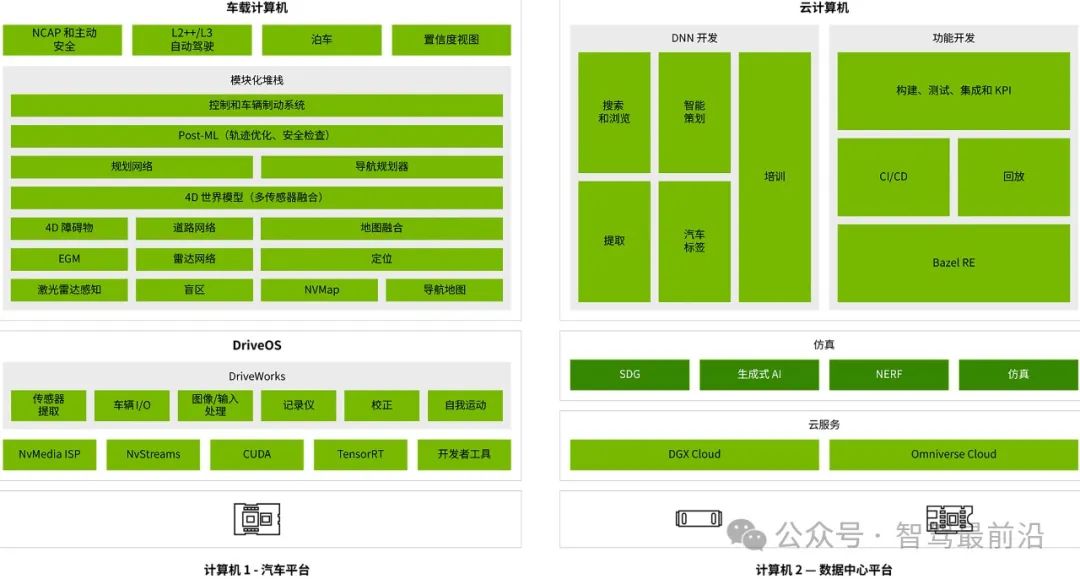
3.1 Support from High-Performance Hardware Platforms
Hardware is the backbone of autonomous driving systems, determining processing speed and real-time response. NVIDIA's DRIVE AGX series platforms enable a leap from L2+ assisted driving to L5 fully autonomous driving. The latest generation, DRIVE AGX Orin, supports up to 254 TOPS (tera operations per second), providing robust computing power for complex deep neural networks and multi-sensor data fusion. DRIVE AGX Thor integrates the latest NVIDIA Blackwell GPU architecture, balancing high-precision computing with energy consumption and system costs, laying the groundwork for large-scale commercial autonomous driving.
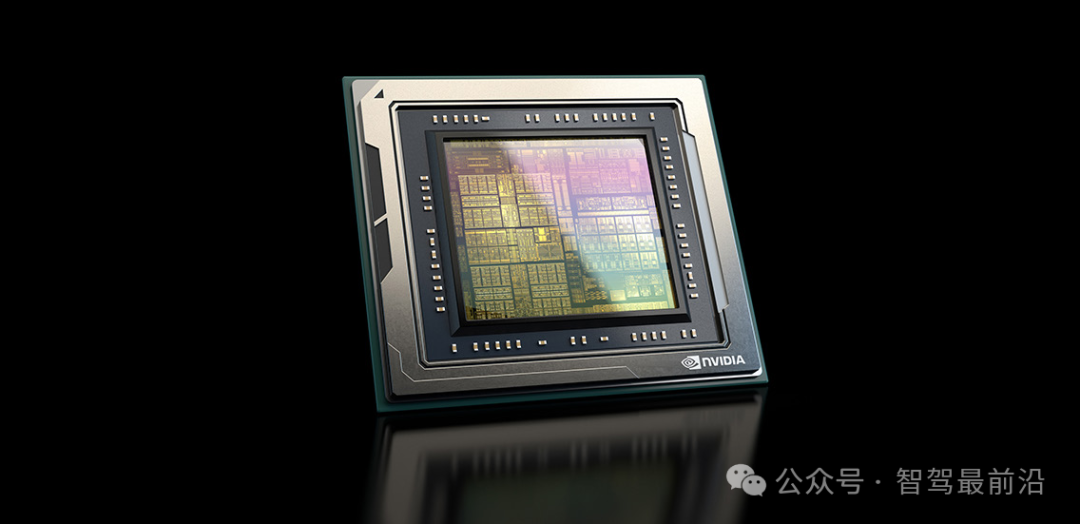
NVIDIA DRIVE AGX Orin
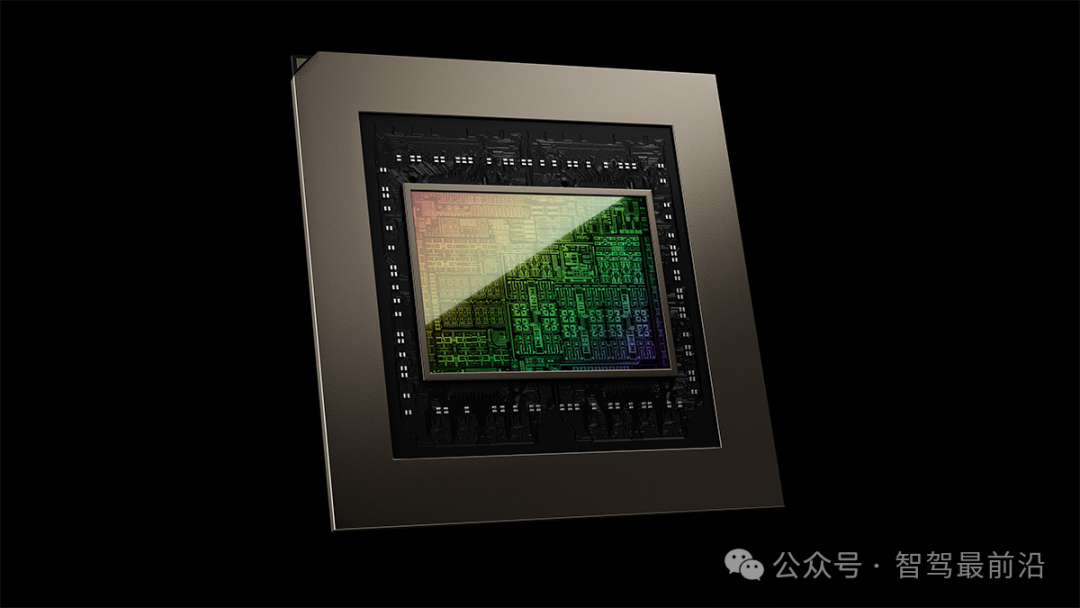
NVIDIA DRIVE AGX Thor
The hardware platform's modular design and open API support allow developers to leverage CUDA and TensorRT for custom algorithms and diverse applications. This flexible architecture extends product lifecycles and offers automakers multi-level solutions from entry-level to high-end autonomous driving.
3.2 Deep Integration of Software Platform and AI Algorithms
The software layer hosts core autonomous driving functions like perception, localization, planning, and control. NVIDIA DRIVE SDK provides comprehensive development tools for sensor data processing, deep learning inference, real-time control, and driver monitoring. Its core operating system, DriveOS, is the first safety OS for automotive accelerated computing, integrating NVIDIA CUDA libraries and TensorRT inference engines for millisecond AI computing.
NVIDIA DRIVE SDK utilizes over 20 concurrent deep neural network models for obstacle detection, target tracking, multi-frame data fusion, and dynamic environment prediction. These models validate multi-sensor data for accurate and robust detection results. The SDK's embedded modular design supports adaptive adjustments for different vehicles and scenarios, ensuring high system availability and safety.
The software and hardware platforms' seamless collaboration enable the autonomous driving system to quickly adapt to external changes. Whether navigating complex urban traffic during peak hours or high-speed highway travel, the software platform promptly allocates resources, executes refined path planning, and maintains real-time control, ensuring safe operation.
3.3 Deep Learning Development Infrastructure and Big Data Support
Autonomous vehicles generate petabytes (PB) of data annually, posing challenges for processing, storage, and analysis. NVIDIA has built a comprehensive AI training and data management infrastructure, covering data collection, annotation, storage, and deep neural network training and validation. Utilizing NVIDIA DGX systems, developers can train AI models on vast datasets, handling complex driving scenarios and continuously iterating to optimize performance.
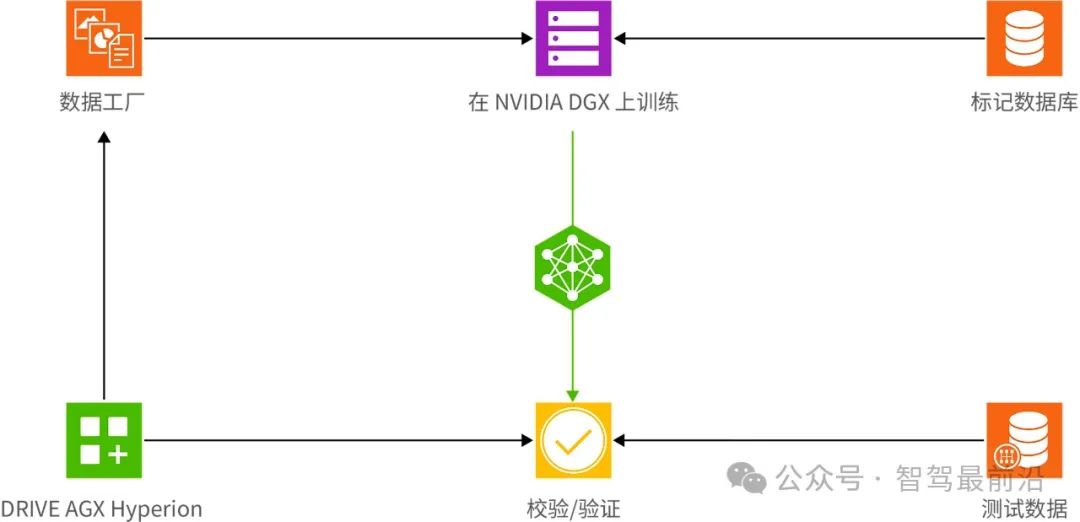
For data annotation and management, NVIDIA uses the "Data Factory" process to organize sensor data and applies automatic annotation for detailed labels. These data provide samples for deep learning training and lay the groundwork for simulation and validation before road testing. With NVIDIA Omniverse Replicator, developers generate high-fidelity synthetic data to supplement real-world scenarios, enhancing model generalization and robustness.
The integration of data centers and cloud services forms a closed-loop management system for autonomous driving development, from data collection to AI training and simulation validation. Through continuous monitoring and data feedback, the system iteratively improves, enhancing safety, accuracy, and real-time performance.
3.4 High-Fidelity Sensor Simulation Technology
While real-world road testing is crucial, it's costly and risky. NVIDIA uses a high-fidelity physical simulation platform based on the OpenUSD virtual environment to reproduce real-world sensor data. The NVIDIA Omniverse Cloud Sensor RTX platform constructs realistic traffic scenarios, lighting conditions, weather changes, and other complex environments, using physics engines to simulate sensors like cameras, LiDAR, radars, and ultrasonic sensors.
This sensor simulation technology allows safe, controlled testing of system responses and enriches AI model training samples with synthetic data. Comparative validation of simulation and real-world data identifies and corrects potential hazards before road deployment, significantly reducing risks. With open-source frameworks like fVDB, autonomous driving systems can construct high-fidelity virtual environments based on real 3D data, offering more possibilities and expansion space for algorithms.
3.5 Cybersecurity and Overall System Safety Assurance
As autonomous driving systems move towards commercialization, cybersecurity risks increase. NVIDIA follows international and domestic standards like ISO 26262, ISO 21448 (SOTIF), ISO/SAE 21434, NIST guidelines, and GDPR, building a comprehensive safety and cybersecurity system. Its security strategy covers hardware, software, and data transmission, with a focus on long-term security updates and risk monitoring.
NVIDIA employs multi-layered defense mechanisms, including static and dynamic code analysis, penetration testing, and real-time monitoring, to detect potential vulnerabilities. The security incident response team collaborates with automotive information sharing, industrial security bureaus, and standardization organizations to promptly take emergency measures and prevent risk spread. Through wireless updates, the system fixes vulnerabilities without interruption, maintaining the latest security protection.
This full-chain, cross-departmental security assurance system ensures safe operation under cyberattacks and hardware failures, providing trusted products and services to consumers and partners.
3.6 Road Testing and Validation Process
Beyond theoretical design and simulation validation, road testing is essential for verifying autonomous driving safety. NVIDIA has formulated a detailed "DRIVE Road Testing Operations Manual" to ensure strict adherence to safety procedures. Before testing, vehicles undergo multiple stages of verification, including unit testing, integration testing, and system simulation, ensuring stability under extreme conditions.
During road testing, trained safety drivers and test operators monitor vehicle performance, adjusting system parameters by comparing detected objects with actual road conditions. Remote monitoring systems and virtual testing platforms reduce risks for on-site personnel. Through multi-dimensional data collection, the system continuously provides feedback and optimizes algorithms, ensuring a solid technical foundation for large-scale commercial deployment.
3.7 Developer Training & Ecosystem Development
To drive autonomous driving adoption and innovation, NVIDIA emphasizes developer education and ecosystem development. Through the NVIDIA Deep Learning Institute (DLI) and global GTC conferences, NVIDIA offers systematic training courses to millions of developers, covering deep learning principles to practical autonomous driving development techniques. NVIDIA also collaborates with universities, research institutions, and industry alliances worldwide to promote standards and facilitate technical exchanges.
This open and collaborative ecosystem not only offers the industry an abundant supply of highly skilled technical talents but also facilitates the sharing of resources and best practices among diverse manufacturers and suppliers. Together, they tackle the multifaceted challenges encountered in the research, development, and deployment of autonomous driving technology. Through ongoing technical training, standard promotion, and real-case sharing, NVIDIA is fostering an open, interconnected, and dynamic ecosystem that benefits the entire autonomous driving industry.

Conclusion
As autonomous driving technology edges closer to commercialization and large-scale application, safety remains an unwavering cornerstone. By seamlessly integrating deep learning, physical simulation, high-performance hardware, and rigorous safety certification processes, NVIDIA has crafted an end-to-end autonomous driving platform that is both safe and reliable. It is through this comprehensive technical system and its continuous iteration and optimization of the R&D process that NVIDIA has set a formidable technical benchmark in the global autonomous driving arena, consistently guiding the industry's advancement.
-- END --



